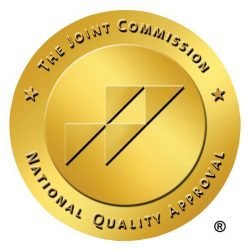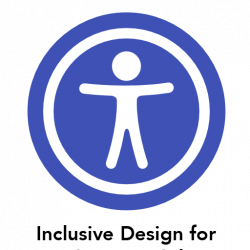Can I Exercise During My Eating Disorder Recovery?
Movement and exercise play a complicated but important role in eating disorder recovery
Exercise, perhaps more than any other aspect of an eating disorder, has a very complicated and controversial relationship with recovery. At Alsana, we do not avoid joyful movement or exercise. In fact, it is a key component of our life-saving, innovative Adaptive Care Model.
Can I exercise during recovery?
The short answer is, “maybe.”
The challenge is in recognizing how to reap the benefits of exercise without allowing exercise to trigger a relapse.
It is important to remember that there are many things to consider when deciding whether exercise can be included in recovery. An individual’s whole approach and intent towards exercise must be monitored closely so that a potentially healing and joyful modality doesn’t become an unhealthy obsession that could trigger relapse; we don’t want to replace one maladaptive coping mechanism with another.
Accept that exercise is not mandatory
Exercising is not just about the behavior itself. There is a lot of work that absolutely must be done to mentally prepare first. Simply put, including exercise during recovery requires full awareness, mindfulness, and an honest appreciation of the mind-body connection. Many people understand that these are required to safely exercise, yet the allure of exercise often supersedes executing these important aspects of self-care.
These are essential for anyone hoping to include exercise in their recovery:
- Listen to your body
- Recognize the need for rest
- Properly fuel and hydrate yourself before during and after exercise sessions
- Be flexible enough to skip an exercise session or take consecutive days off
- Exercise with less intensity or for a shorter duration than what you would ideally like to
- Have a good social support network that understands that exercise is very different during eating disorder recovery than for someone whom does not have an eating disorder
Remember, there will be some days you want to exercise, but your body might not be feeling it. Listen when your body is tired, sore, or feeling the effects of stress. Your mind may tell you exercise can help, but often these sensations are ways that our body tells us we need rest.
Challenge your beliefs about what exercise is and the outcomes you expect.
Eating disorders have a way of fundamentally changing our beliefs about the function of behaviors like exercise.
To exercise during recovery, we need to fully understand what the function of exercise is and what we believe the outcome of exercise will be.
- Are our exercise beliefs and expectations rational?
- Where did they come from?
- Why do I want to exercise?
- Why do I think I need to exercise?
- Are my exercises of choice joyful or obligatory?
Try to remember that exercise is not the panacea that many people believe it is. This can be especially challenging given the barrage of fitspo on social media and misleading marketing from the fitness industry. Understanding the full scope of beliefs and expectations of exercise helps us to internalize the experience of exercise.
Often, the beliefs we have about exercise-related outcomes seem like a carrot dangling just out of our reach. We must accept that sometimes these outcomes, while highly desirable, are unattainable. Simply pushing harder or exercising more will not somehow allow us to reach that carrot.
There is no such thing as a “best” exercise routine
Black-and-white or perfectionist thinking about exercise can lead to relapse, just as black-and-white or perfectionist thinking about food can. To successfully include exercise in recovery requires acceptance, grace, and humility.
Exercise during treatment should be something that nourishes the soul, sustains recovery, and a way to experience joy. To this end, the “best” exercise routine is the one that allows for pure enjoyment – it is not for punishment or a way to even the score. This is a fundamentally different, self-compassionate intention to replace the goal of attainment that fuels so many fad exercises and changing standards of “beauty.”
Starting where we are, finding acceptance around all aspects of exercise, and experiencing joy are necessary steps before other benefits can be realized.
Everyone’s recovery journey is uniquely challenging
For each person who can safely exercise during their eating disorder recovery, the approach will be different. Intensity, frequency, rest time, etc. will vary for each individual. It can be difficult, even dangerous, to map these things out without a recovery team. But it is possible to find joyful movement not only during treatment but as a vital tool in achieving full, holistic recovery.
Some people will not be able to exercise during recovery at all, while others will just have to be patient and work slowly toward the ability to integrate an exercise routine.
Those who are skeptical or avoidant about exercise in eating disorder recovery are that way for understandable reasons. It can be just as dangerous to abuse a relationship with exercise in a way that resembles an unhealthy relationship with food. But in the same way that no one can create a healthy relationship with food by avoiding it, it is difficult to find a healthy relationship with one’s own body without movement.
Don’t engage in social comparisons or in externalizing exercise by following fad programs or ubiquitous exercise prescriptions. Applying the skills developed during treatment is invaluable in learning how exercise can support recovery rather than derail it.
Our Recommended Articles
Start the road to recovery with Alsana.








